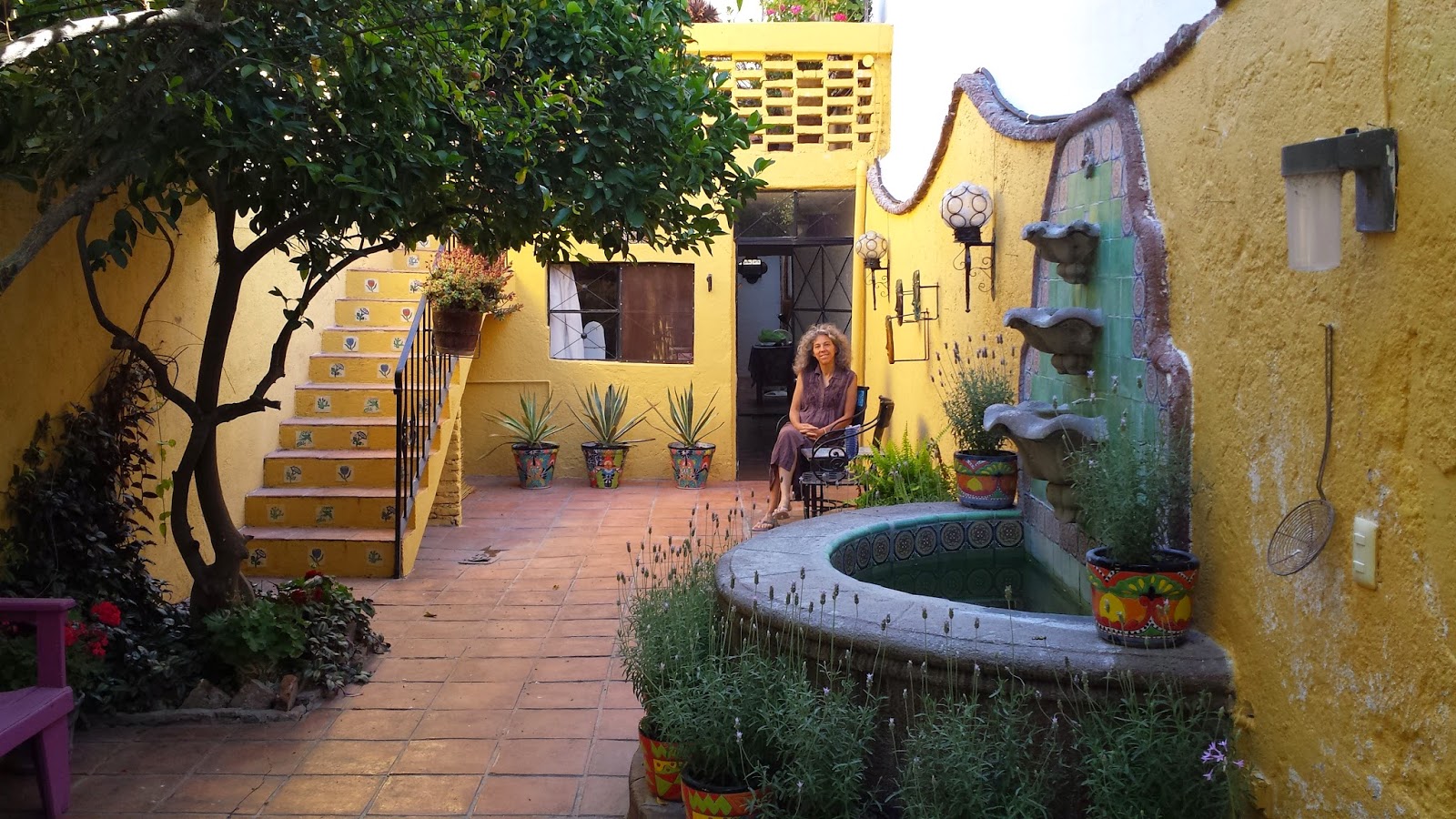Trámites – Our dictionary lists the translation as
“formalities, red tape, procedures”, the ordeals that one sometimes has to go
through in order to get anything done. But I like the echo of the English word
“trauma”, because anytime anything is a whole procedure to accomplish, anytime
there is a lot of red tape or hoops to jump through, it’s also a bit traumatic,
no matter how good one is at adjusting one’s attitude and taking things in
stride.
We are on sabbatical, so trámites are definitely easier to endure
when you haven’t got deadlines to meet and appointments to keep. Even on
sabbatical, however, the stuff of life continues to happen and there are
inevitable challenges. As I write this blog post, Jonathan is lying in bed with
one of his chronic back episodes. We can’t blame this one on stress, or extreme
activity, or even doing anything stupid. He bent down to pick up the garbage
pail, and couldn’t straighten up again. (As Shira pointed out, “Sometimes an
illness isn’t psychosomatic.”)
Luckily, we have no need for major readjusting of schedules, and Jonathan is
currently resting, reading books and watching movies on our laptop, not too
unhappily. He’s better today than yesterday, and we expect this will pass in a
few days.
 |
| Flying over the Andes - Argentina to Chile |
Not all trámites make for good blog posts, so we’ll skip the
details about our cell phone being stolen on the Buenos Aires subway, or Shira’s
backpack taken while we were on a side trip to Chile to visit our friends from
our last sabbatical in Valparaíso. (That trip to Chile will be the subject of
another happier post.) Not pleasant experiences, but ones that reminded us of
how lucky, overall, we really are. “Good fortune doesn’t mean that nothing bad
ever happens to you; it means that when something bad does happen, you have the
necessary resources to deal with it.” Sage words Shira quoted to us from … not
sure whom, but I think perhaps another sage woman, Jonathan’s sister Judith.
Our most blog-worthy trámites experience to date concerns our
detention, at the the Santiago airport when we arrived in Chile, for attempting
to smuggle contraband into the county. We had filled out the usual airport
customs declarations stating that we weren’t bringing anything illegal into the
country, but were then accused of filing a false statement when contraband was discovered
in our backpacks during the required X-ray luggage screening. Our contraband,
which was taken from us, weighed and itemized on several different forms,
consisted of:
 |
| Legal raisins and banana |
- pasas
(raisins) 0.13 kg
- mix
frutos secos (mixed dried fruit) 0.14 kg
- ensalada (salad) 0.2 kg
- platano (a banana) 0.24 kg
All
these items were illegal agricultural products from another country. We got to
witness, up close and personal, the efficient workings of Chilean customs: the
several different bureaucrats who got involved in our case, the decision (made
by them, not us) to apply all the criminal charges to just one passport – mine,
not Jonathan’s, the taking of my statement: "No declare por que olvide por
completo que teniamos los alimento y era nuestro almuerzo" – “I didn't
declare these items because I completely forgot we had this food; it was our
lunch”, the warning that while I would be let off this time without a fine, the
consequences would be severe if I ever attempted to smuggle a banana into Chile
again.
 |
| Back in Valparaíso |
 |
The stairway to our hostel in
Valparaíso |
After
signing the appropriate forms indicating my guilt and acceptance of the
destruction of my contraband, this particular experience of trauma and trámites
ended, and our Chilean visit began.


















































